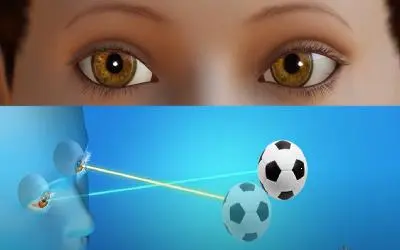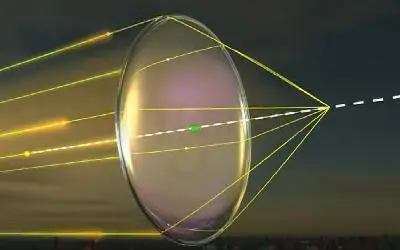For individuals grappling with Parkinson’s disease (PD), a common observation is the gradual decline in visual acuity or blurred vision, often accompanied by discomfort due to dry eyes. These eye-related challenges tend to advance alongside other symptoms of PD.
If you are living with PD, it might be beneficial to include a neuro-ophthalmologist in your healthcare team. This specialized professional, either an ophthalmologist or a neurologist, possesses extra training in identifying and managing vision and eye-related issues linked to PD and various other neurological conditions.
Visual motor symptoms
Certain vision challenges stem from alterations in the movement of the eye, characterized as motor symptoms akin to other motor issues resulting from the loss of dopamine neurons.
Blurred or double vision and eye strain occur when the eyes encounter difficulty coordinating movement to focus on objects moving closer or farther away from an individual.
Reading difficulties arise due to slowed eye movements and challenges initiating them, akin to the freezing experienced in leg movements. This impedes the ability to smoothly track lines on a page.
An individual with PD might require blinking to adjust their eye position, a situation where levodopa medication could offer assistance. Difficulty in voluntarily opening the eyes, termed apraxia, can be managed using “lid crutches” or lid tape. Other issues include eyelid spasms, known as blepharospasm, and excessive blinking, all contributing to discomfort.
Dry eyes are a concern among individuals with PD as they tend to blink only 1-2 times per minute, significantly lower than the normal rate of 16-18 times, resulting in itching and a sensation of burning.



